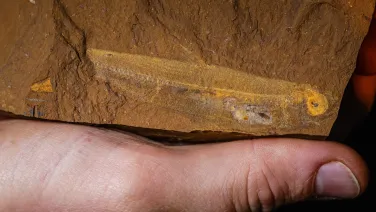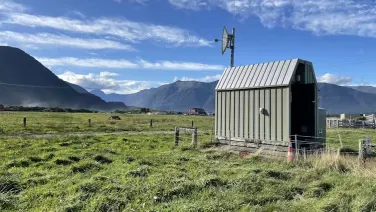Discover our degree programs and courses.




The detection of energy signals from strong winter storms in the North Atlantic Ocean which travel through the Earth’s core could enhance understanding of our solar system, according to new research from The Australian National University (ANU).
The ANU seismologists used two 50-by-50-kilometre spiral arrays in Australia to detect PKP waves, which are core waves generated by cyclones in the North Atlantic that move through the Earth’s centre to Australia during the Australian summer.
The study identified two key regions in Greenland and Newfoundland as sources of these seismic signals generated by ocean waves.

Jasmine Zollinger, a science student at ANU, can pinpoint the beginning of her fascination with Earth sciences to the day that ANU seismologist Dr Sima Mousavi visited her school in year eight.
| Thu | May 29 | 13:00 | -- | TBA |
| Thu | Jun 12 | 13:00 | Fanny Garel (University of Montpellier) | Deep earthquakes & plate tectonics : 50 shades of lithosphere stiffness |